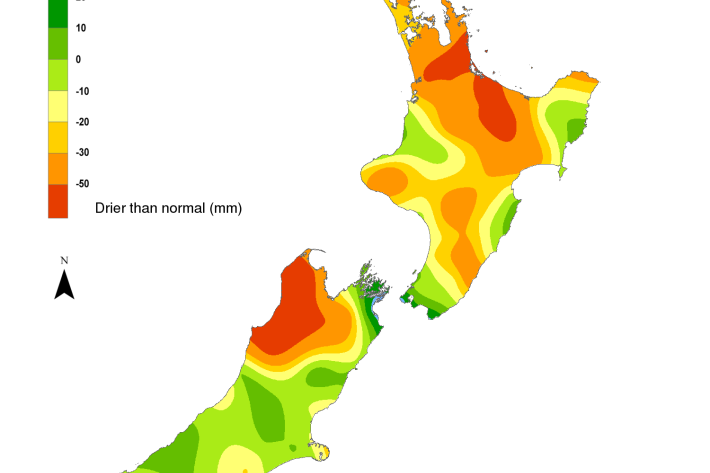-
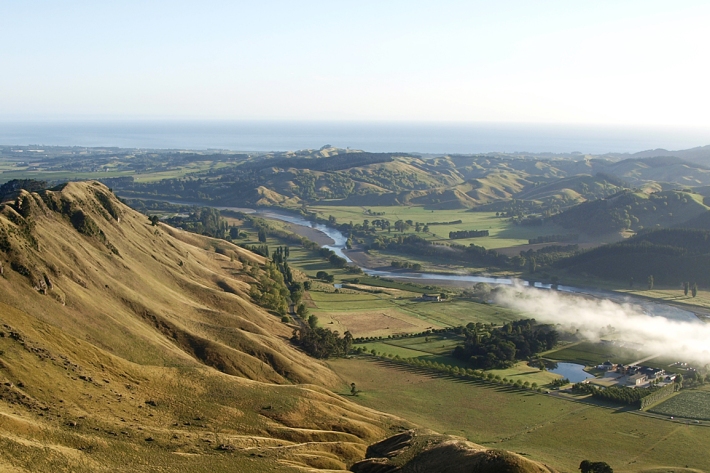
Environment report a clear picture of change: NIWA
Media release18 April 2019The latest state of the environment report released today provides New Zealanders with clear evidence that our climate, freshwater and marine systems are changing, says NIWA. -
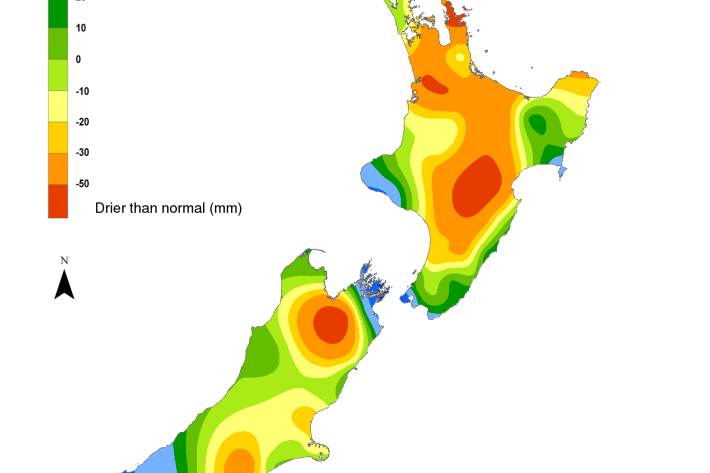
NIWA's Hotspot Watch for 17 April 2019
Hotspot17 April 2019Across the North Island, soil moisture levels generally changed little during the past week. In the South Island, increases were observed along most of the West Coast, interior Otago, and Marlborough Sounds, while decreases occurred in Stewart Island. -
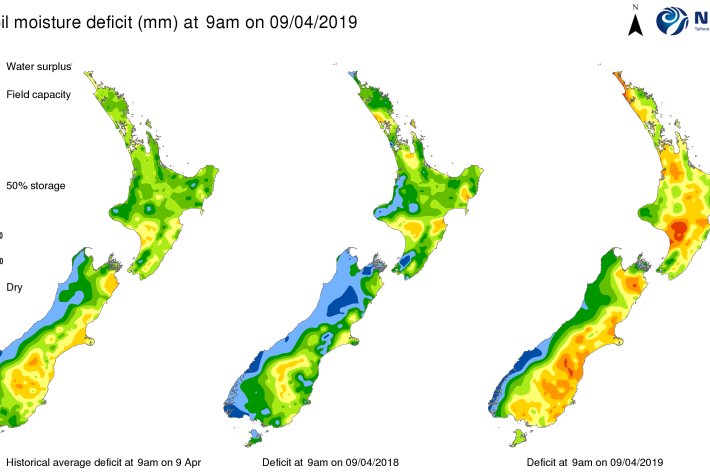
NIWA's Hotspot Watch for 10 April 2019
Hotspot10 April 2019Across the North Island, soil moisture levels decreased in big parts of the island during the past week due to meagre rainfall. In the South Island, soil moisture decreases were observed across much of the island. -
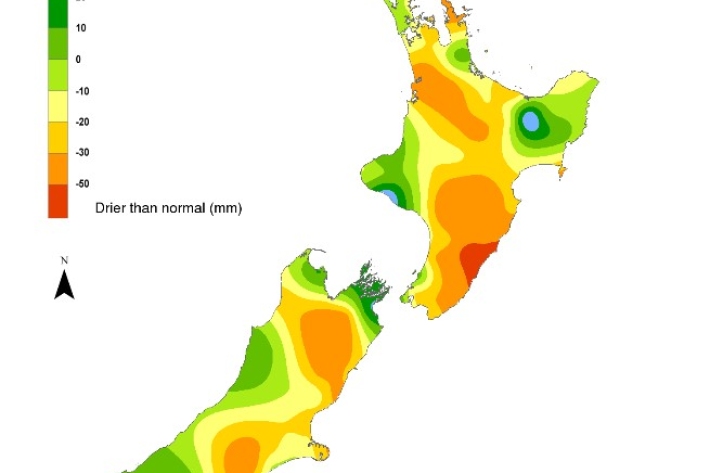
NIWA's Hotspot Watch for 4 April 2019
Hotspot04 April 2019An increase in soil moisture in many areas across the North Island, including Northland, Auckland, Waikato, eastern Bay of Plenty, Gisborne, and Taranaki. No significant change in the South Island. Outlook is for low to moderate rainfall, countrywide. -
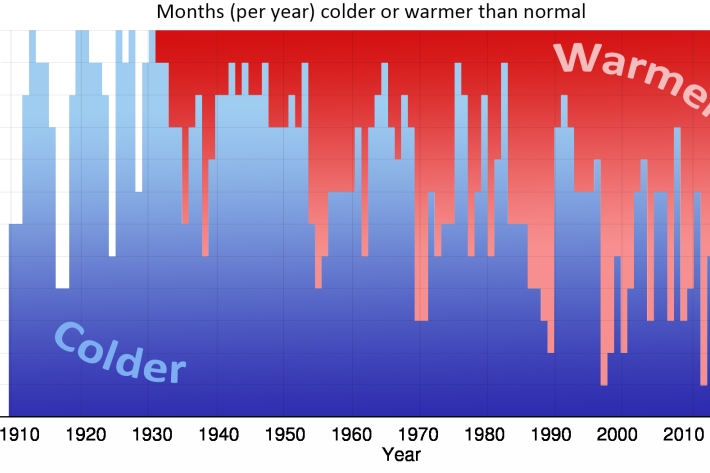
March temperatures more evidence of a warming climate
Media release03 April 2019NIWA today released its March Climate Summary which confirms temperatures during the first month of autumn were at record highs in many places. -
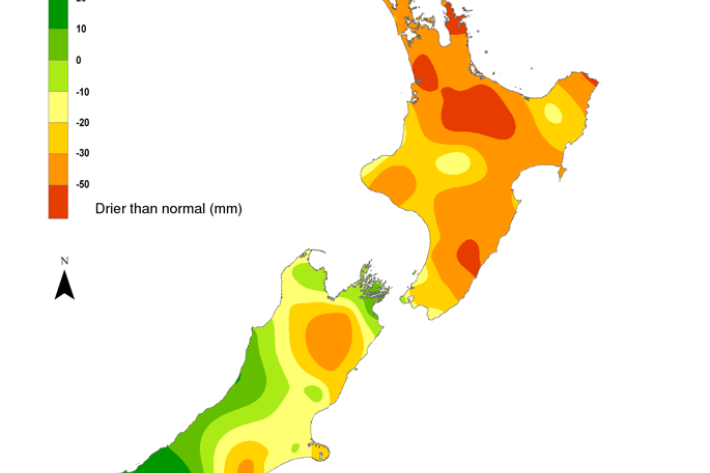
NIWA's Hotspot Watch for 29 March 2019
Hotspot29 March 2019Hotspots continue to be found across a large part of Northland, Auckland, northern Waikato, and interior Bay of Plenty, as well as central Manawatu-Whanganui and Napier south to Wairarapa. South Island hotspots are currently located in a portion of interior Marlborough, eastern Banks Peninsula, south coastal Otago and parts of lower Southland. -
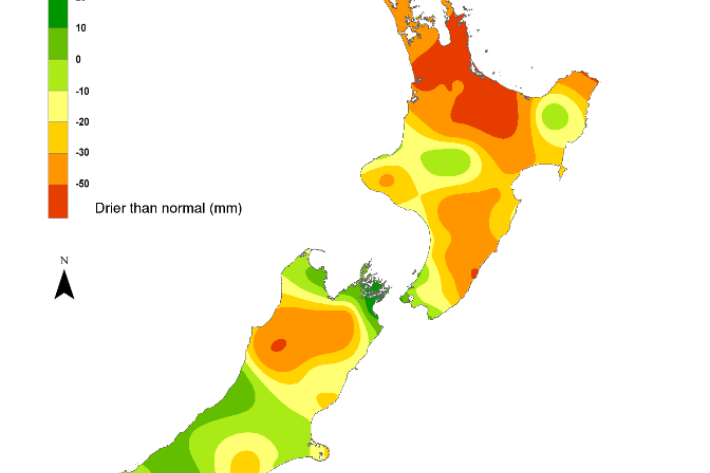
NIWA's Hotspot Watch for 20 March 2019
Hotspot20 March 2019Hotspots are now located across the majority of Northland, Auckland, northern Waikato, and interior Bay of Plenty, as well as central Manawatu-Whanganui and Napier south to Wairarapa. South Island hotspots are now located in a portion of interior Marlborough, eastern Banks Peninsula, and the lower Southland coast. -
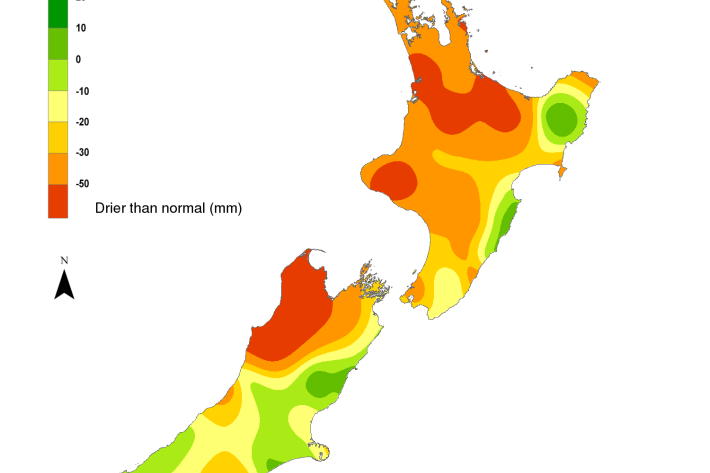
NIWA's Hotspot Watch for 6 March 2019
Hotspot06 March 2019A weekly update describing soil moisture across the country to help assess whether severely to extremely dry conditions are occurring or imminent. Regions experiencing these soil moisture deficits are deemed “hotspots”. Persistent hotspot regions have the potential to develop into drought. -
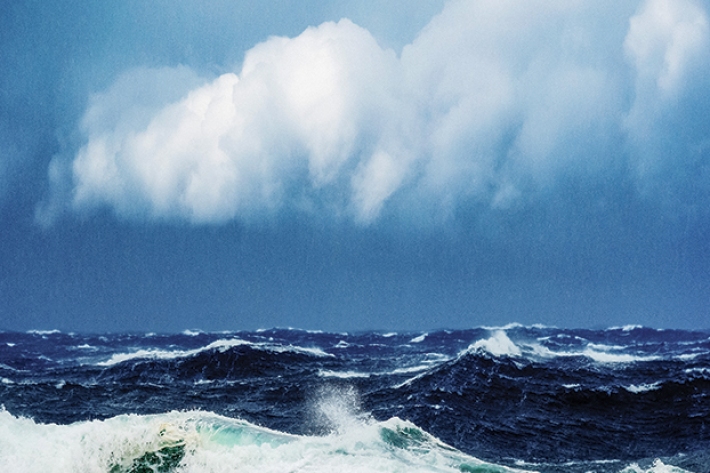
International climate experts gather in Wellington
Media release01 March 2019Weather and climate experts from around the world are meeting in Wellington next week to discuss the critical need for accurate forecasting to cope with a changing climate. -
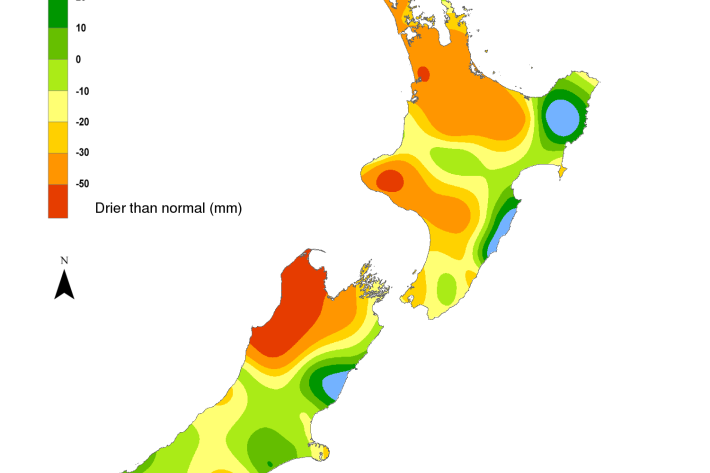
NIWA's Hotspot Watch for 28 February 2019
Hotspot28 February 2019A weekly update describing soil moisture across the country to help assess whether severely to extremely dry conditions are occurring or imminent. Regions experiencing these soil moisture deficits are deemed “hotspots”. Persistent hotspot regions have the potential to develop into drought. -
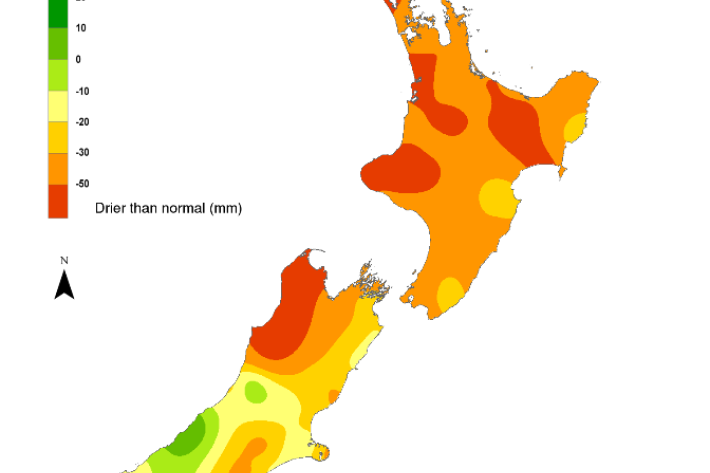
NIWA's Hotspot Watch for 20 February 2019
Hotspot20 February 2019Areas deemed hotspots now encompass large portions of the entire North Island. Hotspots remain entrenched across the northern tier of the South Island, including across northern Tasman, Nelson, and much of Marlborough.

